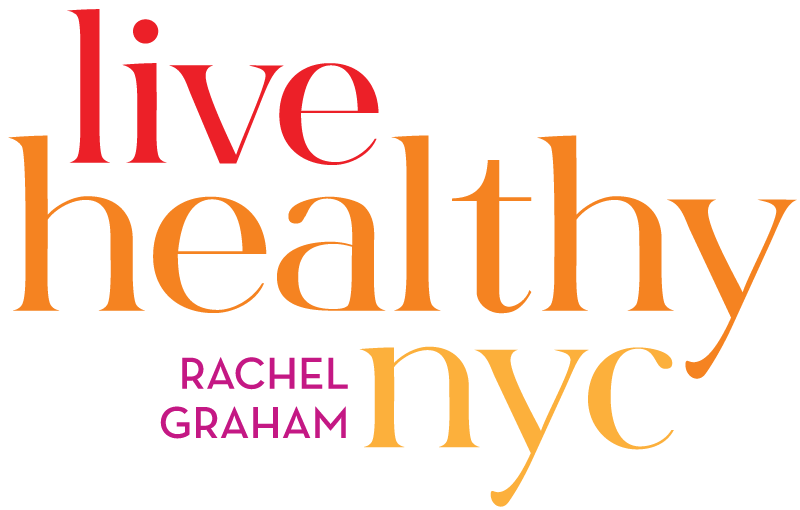Size does definitely matter.
Get your head out of the gutter, I am referring to the portion size of you breakfast, lunch and dinner plate. We all know that obesity in our country is a growing epidemic. And more people than ever are struggling to control their weight. There are a number of factors that contribute to how much we eat. Generally, what we put on our plate, we generally eat. I can still recall sitting at the table and hearing “do you want to be a member of the clean plate club” or “finnish what is on your plate, there are people who are starving in Africa”. Research shows that increased portion sizes are thought to contribute to overeating and unwanted weight gain.
So, how do we measure and control portion sizes?
Here are a few tips:
Use smaller plates. Swapping your usual plate, bowl or serving spoon for a smaller alternative can reduce the helping of food and prevent overeating. Most people feel just as full having eaten from a smaller dish as from a large one.
Use your plate as a portion guide. I like to divide my plate into sections based on different food groups. For example,
Use your hand as a guide. It is true that your hands usually correspond to your body size- bigger people who require more food typically have bigger hands.
High-protein foods: A palm-sized serving for women and two
palm-sized portions for men — such as meat, fish, poultry and beansVegetables and salads: A fist-sized portion for women and two
fist-sized portions for menHigh-carb foods: One cupped-hand portion for women and
two for men — such as whole grains and starchy vegetablesHigh-fat foods: One thumb-sized portion for women and
two for men — such as butter, oils and nuts
When you go out to eat, you can either share a meal or ask for an appetizer portion. This will help you prevent overeating.
Eat slowly and eat sitting down.
Don’t eat straight from the container.
Be aware of the serving size. Read the label on the back of the package to determine what is the appropriate amount. Too often there are multiple servings in what you may think to be just one.
Use a food diary. Writing down what you ate, when you ate it and how you felt about it will help you to be accountable to yourself.
At the end of the day (or at the end of the meal), how much you eat, can be helpful for you. For more helpful ways to eat healthy, feel free to reach out to me at rachel@livehealthynyc.com

